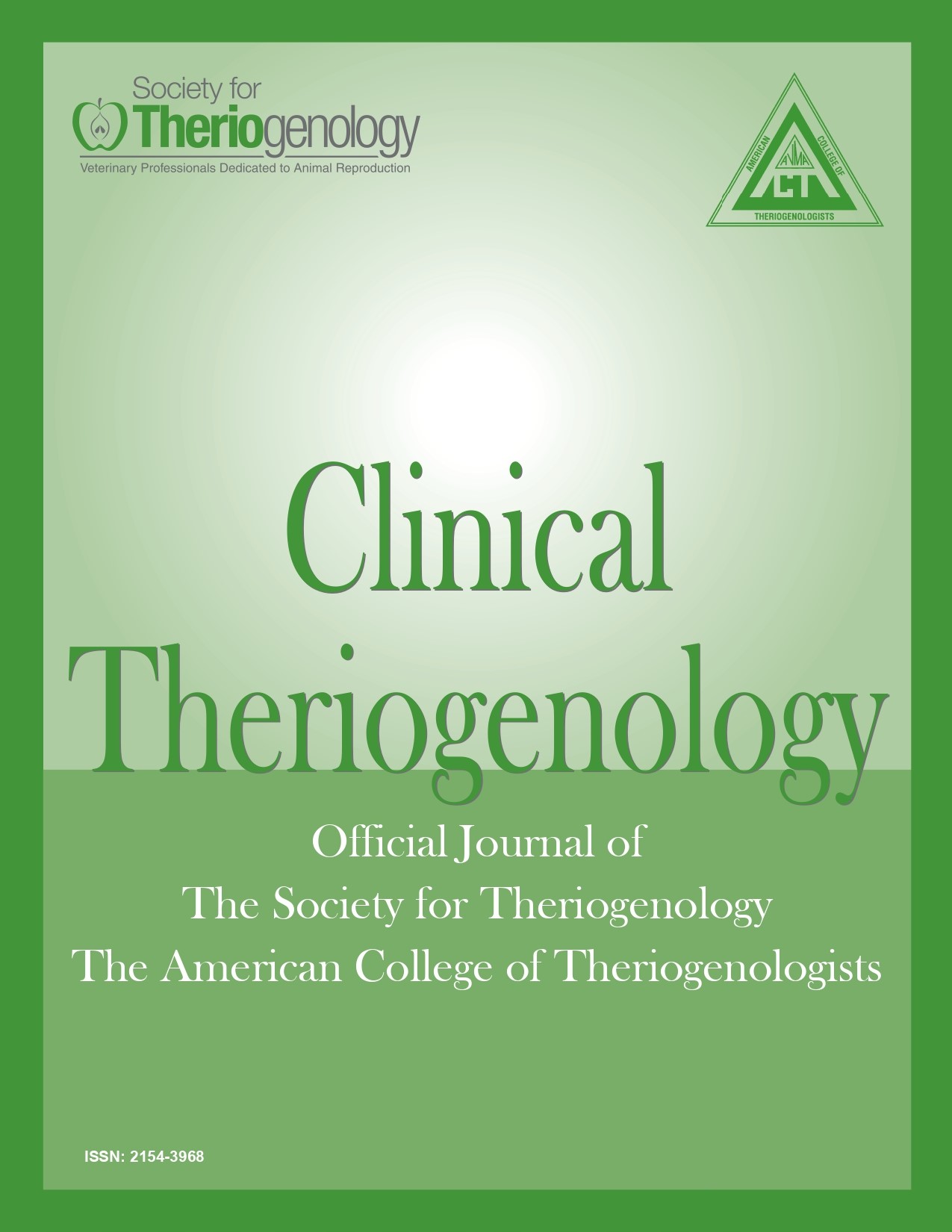Vaginal microbiome: what not to do
Abstract
Little advancement has been made over the years in defining normal canine reproductive tract microbiota. Existing survey data were obtained using the practical, but flawed, culture-based technique. Many of our clinical decisions pertaining to canine vagina are impacted by vaginal culture swab results; however, based on literature, culture results significantly underestimate bacterial diversity and concurrently overestimate role of isolated bacteria as they are more “visible.” As clinicians practicing in “Omics Era” we must be prepared to interpret data from 16S rDNA gene sequencing for bacterial identification. With recently published information paving the path for characterizing a resident microbiome in the canine reproductive tract, we can begin to integrate this information into clinical practices, particularly those that pertain to ever-frustrating cases of canine vaginitis. With this information, our clinical practices should aim to identify an accurate cause and to do no (further) harm to the canine vaginal microbiome.
Downloads

This work is licensed under a Creative Commons Attribution-NonCommercial 4.0 International License.
Authors retain copyright of their work, with first publication rights granted to Clinical Theriogenology. Read more about copyright and licensing here.





